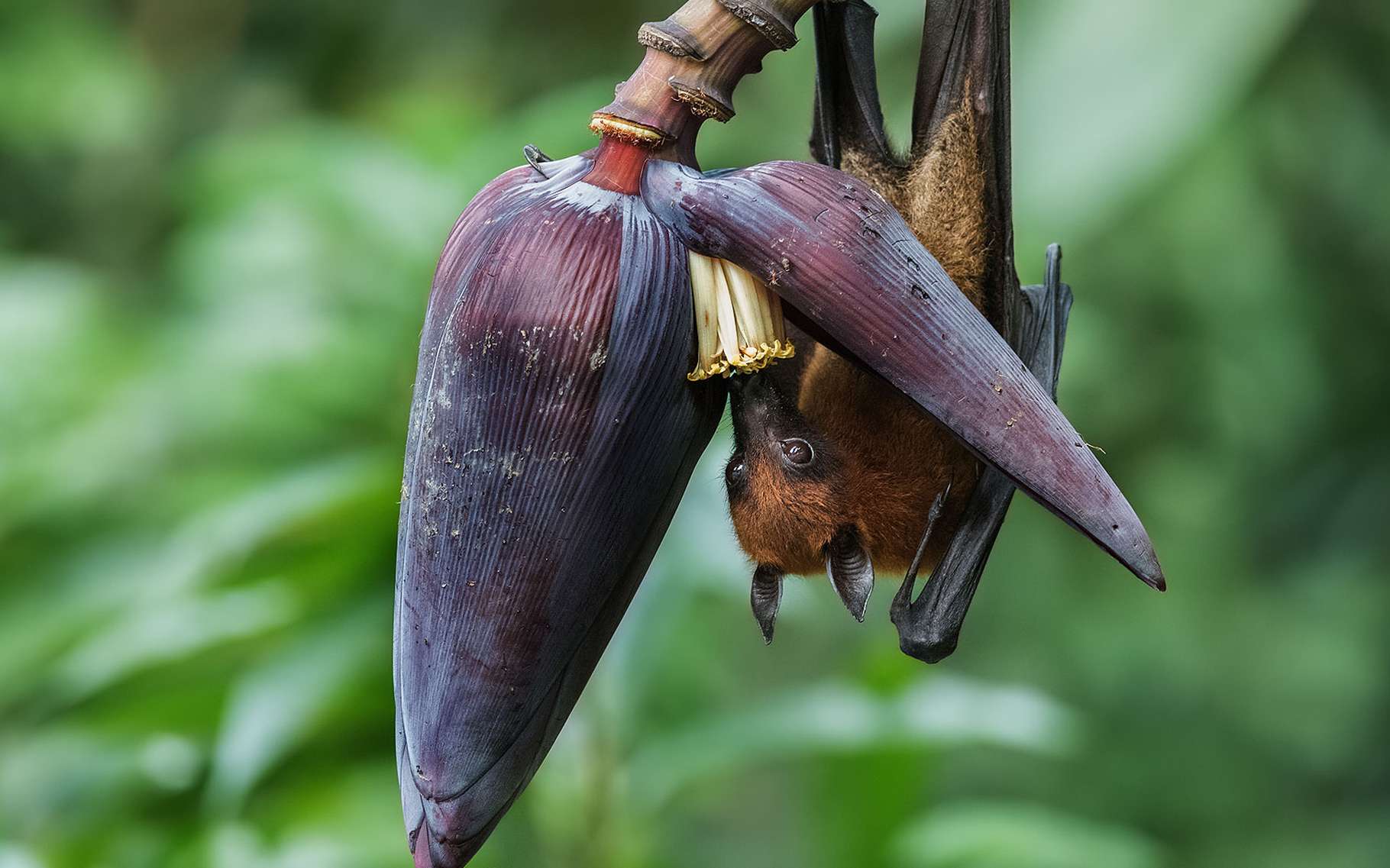Troglophile Animals
Trogloxene.examples of trogloxene/subtroglophile species are. What the animal does in the cave community.
Winter Wren Troglodytes Stock Photo Download Image Now
Of course, any such species may have other niche characteristics (e.g.
Troglophile animals. With the exception of troglophile species, such as bats that feed outside and only rest in the caves, all land cave animals are tiny, rarely reaching the length of one centimetre. They may become trogloxenes—animals which frequent caves but which depend to some extent on resources outside the cave). Living to at least 30.
These animals are the troglobites — crustaceans, amphibians, insects and more — built to survive in the dark, limestone labyrinths that form most of the world’s cave systems. Some examples of troglophiles include beetles, worms, frogs , salamanders, crickets and even some crustaceans like crayfish. Wildlife, animal, fauna, cave fauna, troglophile, cockroach, golden cockroach, cave cockroach, symploce cavernicola, blattella cavernicola, guano, deer cave, mulu, mulu national park, unesco, world heritage site, sarawak, borneo, malaysia, asia, march 2009
Well, troglophiles are animals that can survive outside the cave, but may prefer to live inside it. Similarly, it is asked, what does troglobite mean? F = fungivore (including bacteria);
A troglobite (or, formally, troglobiont) is an animal species, or population of a species, strictly bound to underground habitats, such as caves.troglobites typically have evolutionary adaptations to cave life. Troglophile = an animal that can live its entire life in the cave, but is not restricted to the cave; They differ from troglobites in that they have not adapted to permanent life in a cave.
Troglophiles are animals who spend part or all of their lives in a cave. In this sense, the onset and breaking of dormancy in troglophile frogs and snakes have been related to the reversals in the thermal gradient between soil surfaces inside and outside the cave (sexton & hunt, 1980; Here these include the cave racer snake and the cockroaches, drawn into the cave by the huge food resource.
A v a result of detailed speleobiological studies, a total of 435 animal species are at present known from the baradla cave. A troglobite (or, formally, troglobiont) is an animal species, or population of a species, strictly bound to underground habitats, such as caves. Meta is actually a troglophile, a species that can spend its whole life underground but can also live outside caves.
They leave the cave only in search of food. The best way to find underground creatures is to travel into the depths of a cave. They have not lost their vision or.
Could inform animals about the environment outside the caves. How frequently a group of animals was found in the cave. Troglophile’s are animals that like to live in caves but are also widely seen above ground.
They leave the cave only in search of food. Similarly, is a raccoon a trogloxene? Dormancy is a state of reduced metabolism, and two types can be
They are able to survive outside of the cave in the appropriate environment. A troglophile is an animal that is capable of completing its life cycle within caves, but may also do so elsewhere. The true troglobytes who never leave
They are attracted to the caves because of the moist and dark environment. Beetles (coleoptera) are the most numerous, such as the carabidae, anophthalmus spp., leptodirus hochenwartii and other, even tinier relatives. Beside the baradla, a careful processing of the fauna was carried out in the abaliget, mdnfa and meteor caves as well.
Has shown the presence of troglobiont and troglophile animals, mainly primitive, in considerable numbers. Some examples of troglophiles include beetles , worms , frogs , salamanders, crickets and even some crustaceans like crayfish. These species are then commonly seen above ground in dark damp areas, such as under logs, rocks (kramer, 1995).
Well, troglophiles are animals that can survive outside the cave, but may prefer to live inside it.
Cave Cricket Troglophile neglectus Alex Hyde

Biología y Geología de 1º Bachillerato Adaptaciones de

Saving the Underworld Clarifying the stygofauna

Winterkoning, Troglodytes troglodytes Animal & Insect

New 'Assassin Bug' Species Discovered in Arizona Cave

Winterkoning, Troglodytes troglodytes Animal & Insect

Impurest's Guide to Animals 63 Pioma cthulu
Les animaux cavernicoles actuels trogloxènes
Cambarus cryptodytes (Dougherty Plain Cave Crayfish

Sphodrine Ground Beetle {Laemostenus schreibersii

Winterkoninkje, Troglodytes troglodytes Animal & Insect

Les animaux cavernicoles actuels trogloxènes

Winterkoning, Troglodytes troglodytes Animal & Insect

Winterkoning, Troglodytes troglodytes Animal & Insect

31 best images about Cross Breeds on Pinterest



Post a Comment for "Troglophile Animals"